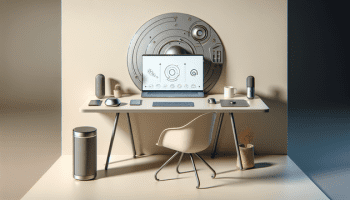Android N is a forest with thick brush, each new day seems to bring about fresh discoveries from those who journey into that wilderness.
The latest comes from an Ars Technica report about a freeform window mode that could transform Android into a true desktop operating system. If you’ve ever spotted Remix OS, the concept is almost identical: Android apps work in resizable windows just like you would find on ndows or OS X.
The story behind the story: Ever since it was rumored that Android Chrome OS would merge, there’s been speculation that Android would become ’s one operating system to rule them all. Such a move would allow you to more deeply connect all the pieces of your work to a -centric ecosystem in much the same way that Apple users bounce between a Mac, id, ione with great ease. st as Apple’s iOS has grown into a desktop-replacement for some with the id o, may see a similar future in Android.
ndows everywhere
App behavior matches more closely with what you’d expect in a desktop environment than a mobile OS. You can re-size windows. There’s a split-screen mode (which you can try out now in Android N on phones tablets), a reconfiguration in how multitasking works, mouse support is more fully implemented.
According to the various screenshots, when you click a link or perform some type of action that launches an app, it opens in its own window instead of filling the entire screen. en you mouse over to the edge of an app, you’ll see a line with two arrowheads, just as you would on the Mac or ndows as an indication to change the size of a window.
You can keep multiple windows open at once more fluidly switch up apps. There’s a lot of inconsistency in some of the operation, but the groundwork has clearly been put down.
Some work to do
The report indicates that while there’s been much work done on this front, is nowhere near finished. There’s no true dock or taskbar, which makes looking for other apps somewhat awkward. There are a lot of graphical bugs the memory management isn’t quite ready for this type of environment. It took Microsoft a long while to transform ndows into a touch-friendly OS, which illustrates there’s going to be some substantial work needed for Android to make the same journey in reverse.
Ars offers instructions for enabling this on your own, though it’s only for those who are comfortable using comm line tools flashing a custom recovery. However, you’re sure to learn about how Android may evolve as prepares it for a wider array of computing devices.

















